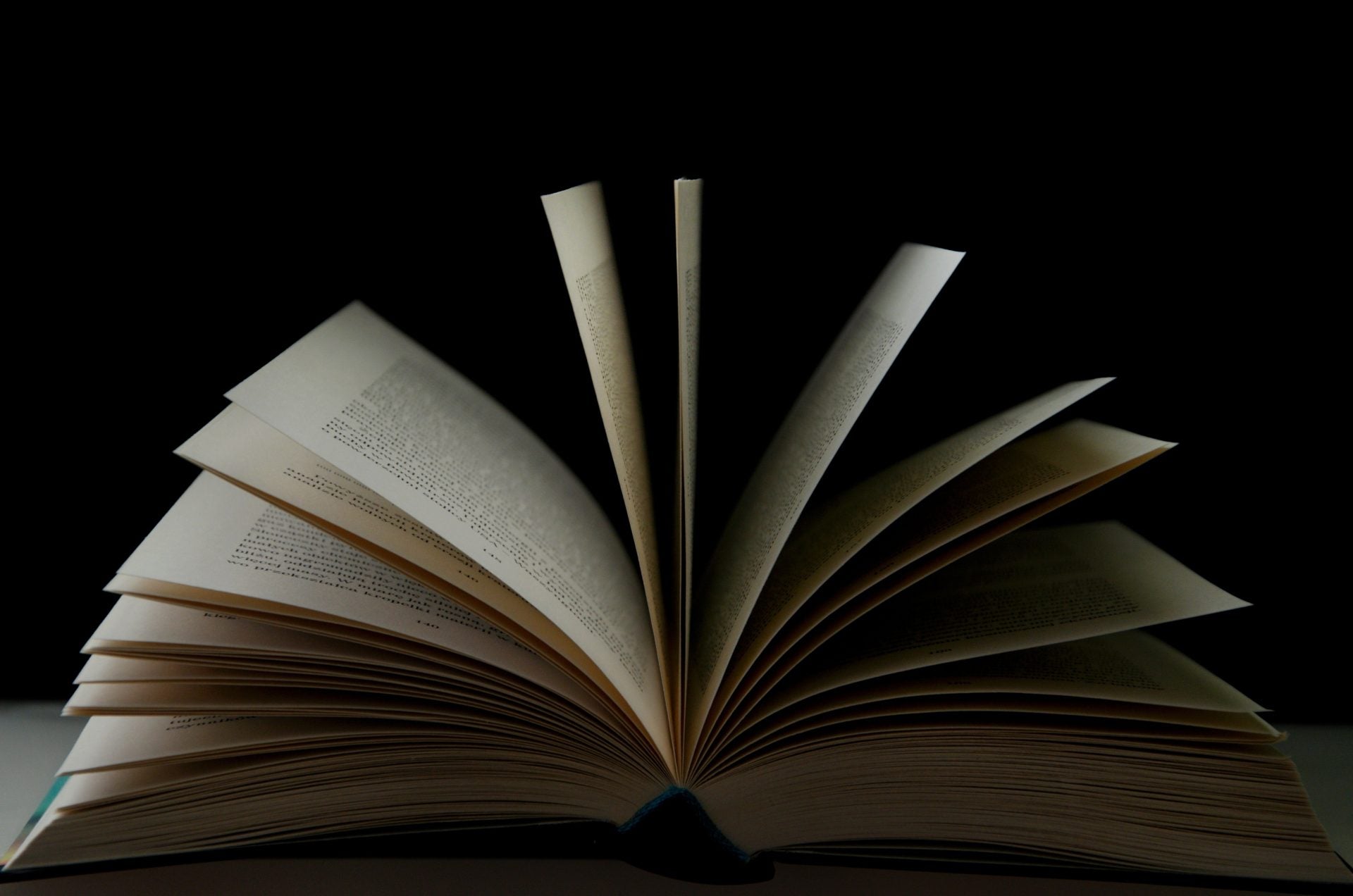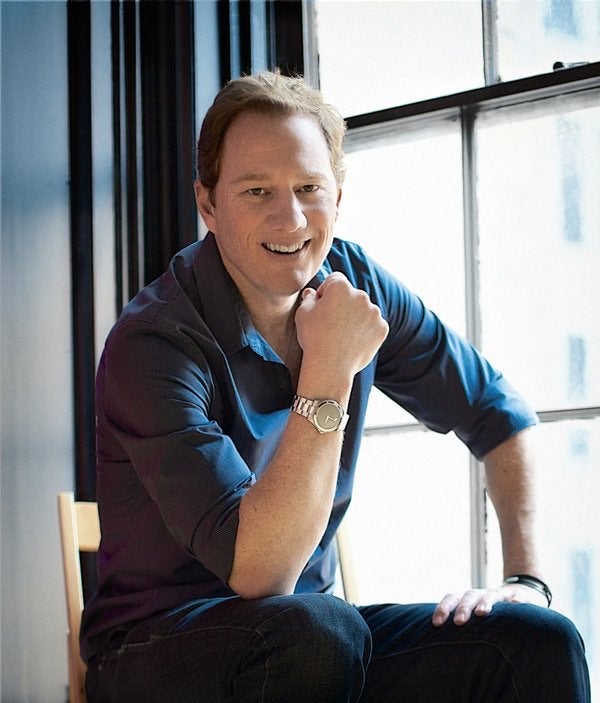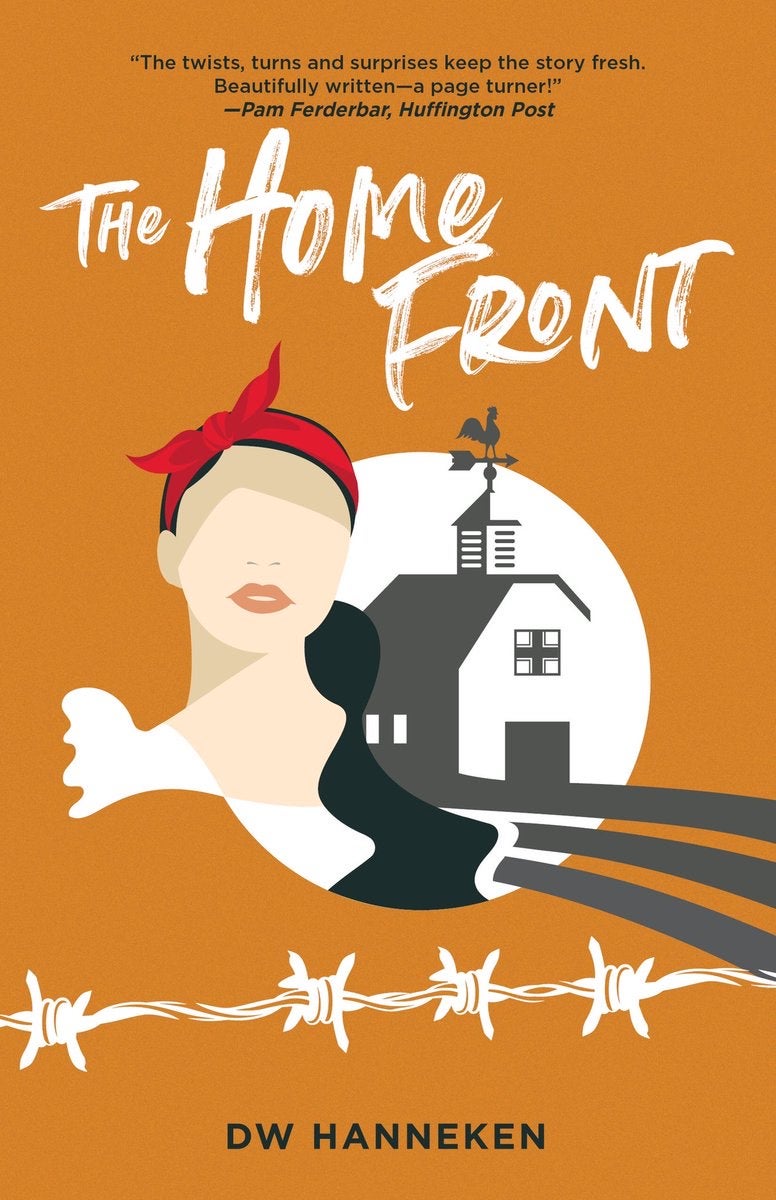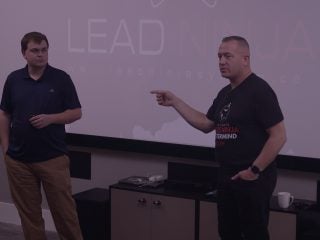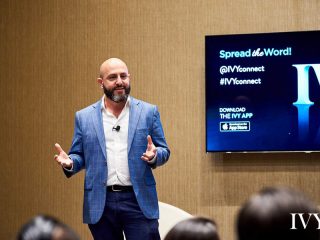Prepare to have your heart strings tugged this summer as Author DW Hanneken is releasing a new novel, ‘The Home Front’. This touching masterpiece is inspired by his mother, who worked in a German Prisoner of War (POW) camp during World War II (WWII).
His mother’s stalag was not in Belgium, France or Germany. It was actually located just outside Rockford, Illinois, and was one of hundreds of German POW camps located in America during WWII.
Although the story is set in the 1940’s, it addresses many topics that are sadly just as relevant today. Topics such as domestic violence, racism, addiction, single-parenthood and fascism. Hanneken’s passion for storytelling shines throughout the duration of this novel. He states that, “For as long as people have been around, we’ve been sharing stories. I believe it’s in our DNA to tell stories.”
Hanneken aims to shed light on the events that took place in America during WWII that are not common knowledge, even to many historians. During WWII, British Prime Minister Winston Churchill ran out of places to station captured German soldiers, and Franklin Roosevelt needed to fill labor shortages on farms, in canneries, lumber yards and on road crews. The result of this predicament was a win-win for both leaders – as empty American supply ships took Germans back on their return voyages from the UK to help minimize the American labor shortages.
Hanneken describes this novel as, “Not so much a love story in the romantic sense.” There is a love affair between two principal characters, but it is a story about how humans all need to love each other for who we are. Hanneken focuses on the, “Importance of caring for one another and having tolerance in a world that is currently filled with conflict and hate.”
The novel follows key characters, American farmer Maggie and German POW Adam, on her American farm during the war. Their harrowing story is a slow-burn tale of forbidden love that makes readers root for the underdog, while teaching valuable lessons in the process. Hanneken describes that, “there were nearly 400,000 German soldiers in America during WWII,” he hopes that readers, “feel empathy, joy, surprise and even laughter while reading the book.”
The novel has only been available for a short amount of time, however the praise that Hanneken has received is overwhelming. Positive reviews are pouring in from all over the world from readers who are enjoying this strong piece of historical fiction. In many circles the book is being compared to Kristin Hannah’s WWII bestseller, “The Nightingale.” As for future projects from Hanneken, readers should keep their eyes peeled for a sequel to “The Home Front”.
Q & A with DW Hanneken
- Why do you think it is relevant for people to read The Home Front in our current world?
This is not so much a love story in the romantic sense (there is a baked-in love affair between two principal players), it’s more a story about how we all need to love each other as human beings. The novel puts a spotlight on the importance of caring for one another and having tolerance in a world that is currently filled with conflict and hate.
2. How do you think readers relate to the characters and issues featured in the book?
The mix of characters in this story run the continuum, from nasty to wholesome and kind. In looking at Maslow’s Hierarchy of Needs, one understands what we all need in life (love, belonging, safety, security, self-esteem, a sense of confidence) are timeless – whether it’s in 1944 or 2021. My hope is readers can relate to these needs and desires, even 70-years after Maggie and Adam were young.
3. How do you hope The Home Front will impact those who read it?
I hope people can learn just how important it is that we never forget our lessons from history, and as we move forward in an ever-volatile world, we understand that there is a playbook that’s already been written – we just have to read it and pay attention to the lessons. History is a great teacher.
4. Why were German POWs in America?
Winston Churchill was running out of places to put the captured German soldiers, and Franklin Roosevelt needed to fill labor shortages on farms, in canneries, lumberyards and on road crews. In the early 1940s, American supply ships often returned from Europe empty, so the U.S. took the Germans back on their return voyage. It was a true win-win for both sides
5. What emotions come to mind when you think of the storyline of The Home Front?
The fact that there were nearly 400,000 German soldiers in America during WWII often gives readers a sense of disbelief, but I hope readers find themselves pulling for Maggie and Adam, and feel empathy, joy, surprise and even laughter while reading the book.
6. How did your past experiences lead you to writing a novel?
I’ve always liked to tell stories, and find great happiness when I can share a good story verbally or in the written word. What’s more, I am a student of culture, and for as long as I can remember I’ve loved to “people watch,” whether it’s in the airport, sitting on a park bench, watching folks move about on a busy street in the Chicago Loop, or picking people out of a crowd at a sporting event or in a grocery store – I enjoy trying to decipher not only what their lives are like, but I like to watch how they interact with each other, and even try to predict what sort of mood they are in. All of those characteristics and behaviors find their way into my stories.
7. Describe any difficulties you had ensuring your writing was historically accurate to the time period.
My biggest challenge was finding proper data pertaining to German POWs in America, as the US military destroyed most of the records about these “tent cities” in order to minimize any hostilities they may have received from servicemen who returned from the war. I eventually found what I needed in several books and in newspaper articles that are just now bringing this piece of whispered history to light.
I also researched various characters, like the Jamaican migrants, who worked on the area farms. I asked my father many questions about farming in the 1940s, as he grew up on a farm between 1925 – 1945, so he was able to describe – in great detail – the best-practices, and he shared many stories about the types of hijinks he and his brothers would get into in the country. My mother was also a terrific resource while researching such things as life in the POW camp, women’s fashion and cultural behaviors between two spouses, as well as between two girlfriends who were BFFs.
8. What message do you hope your readers will get out of reading your novel?
I hope readers will read this book and believe dreams really can come true. And in this ever-changing world, we need to redirect our focus towards loving one another and to not be so focused on the self.
9. What can we expect to see in your writing for the future?
I currently have at least three more novels I’m thinking about writing, and I am contemplating writing a sequel to “The Home Front,” perhaps sooner rather than later. I am also working on a few short stories.
10. What is your goal as an author?
I would like to become a best-selling author and it’s my goal that people can’t wait to read another book of mine, as I release them into the wild over the next few years.




